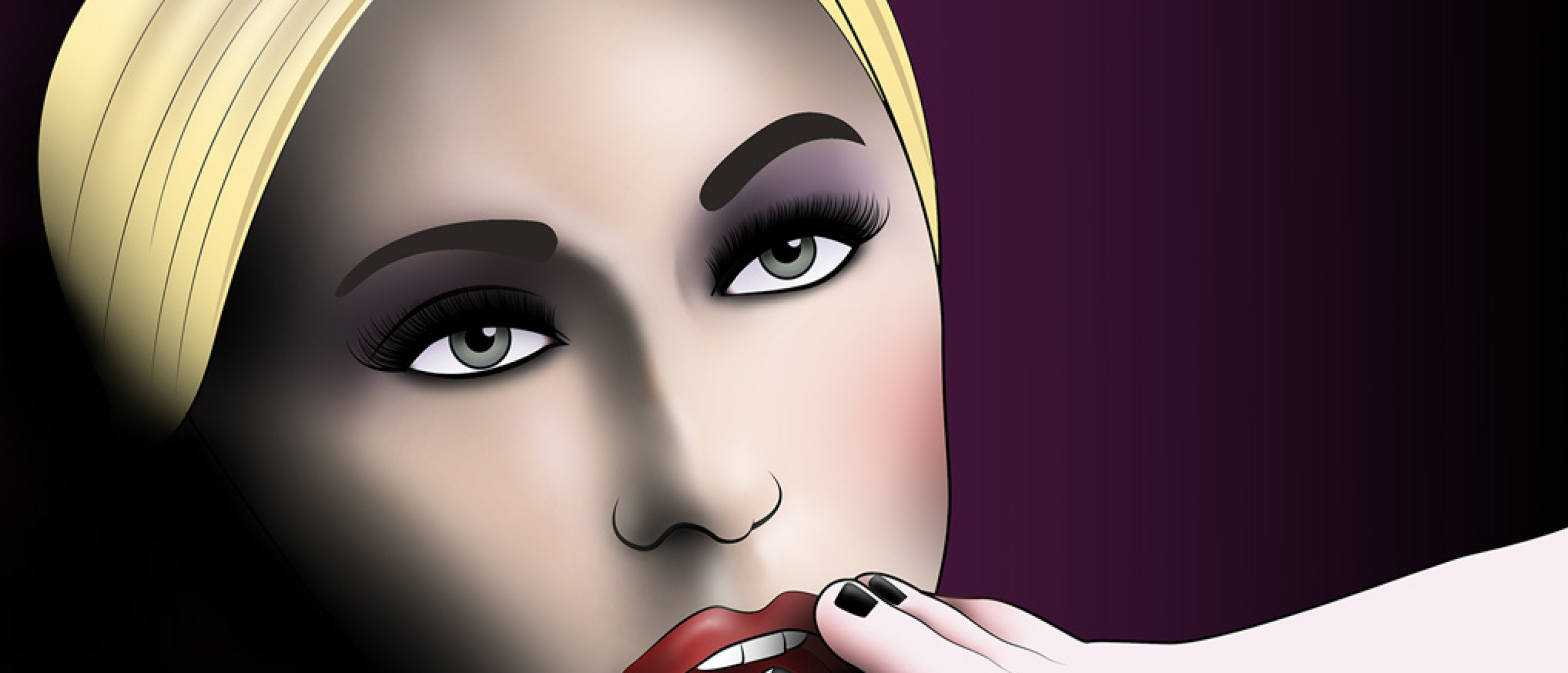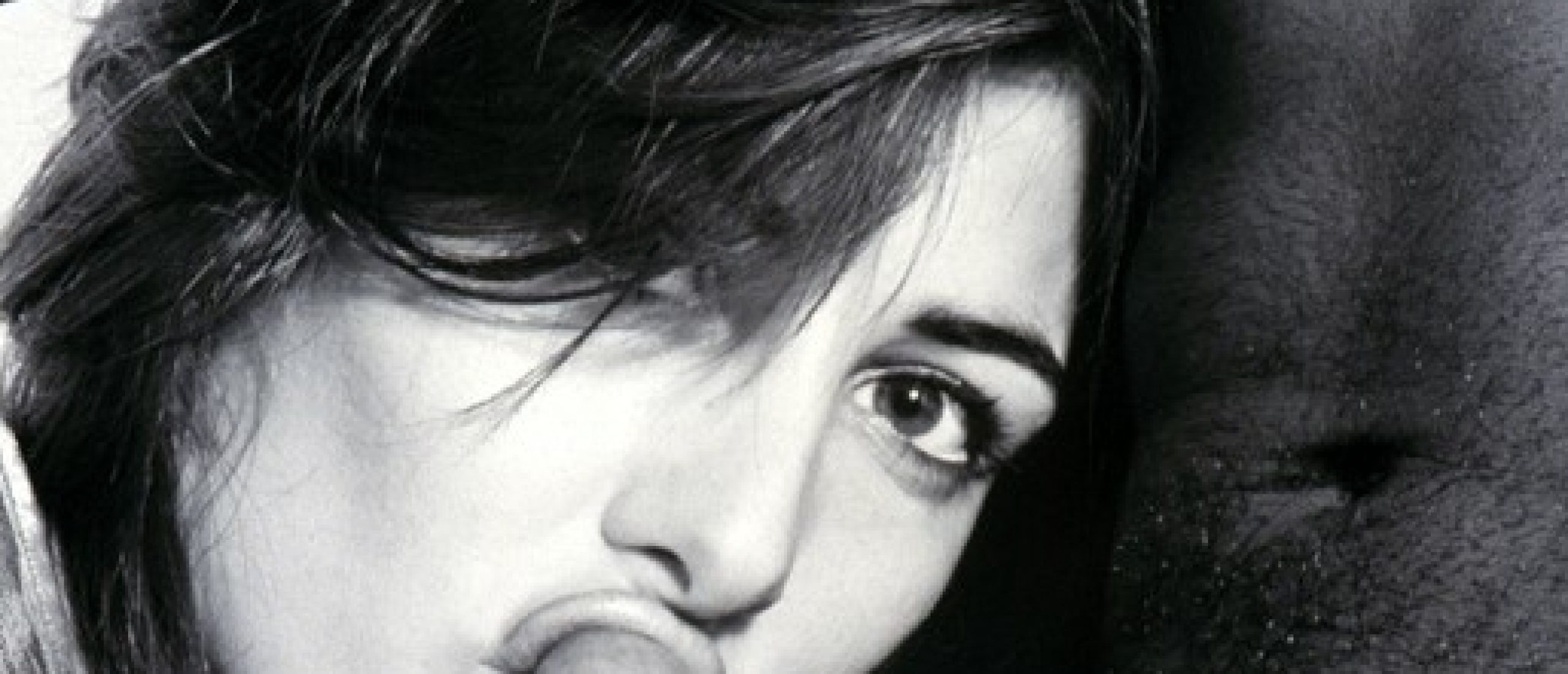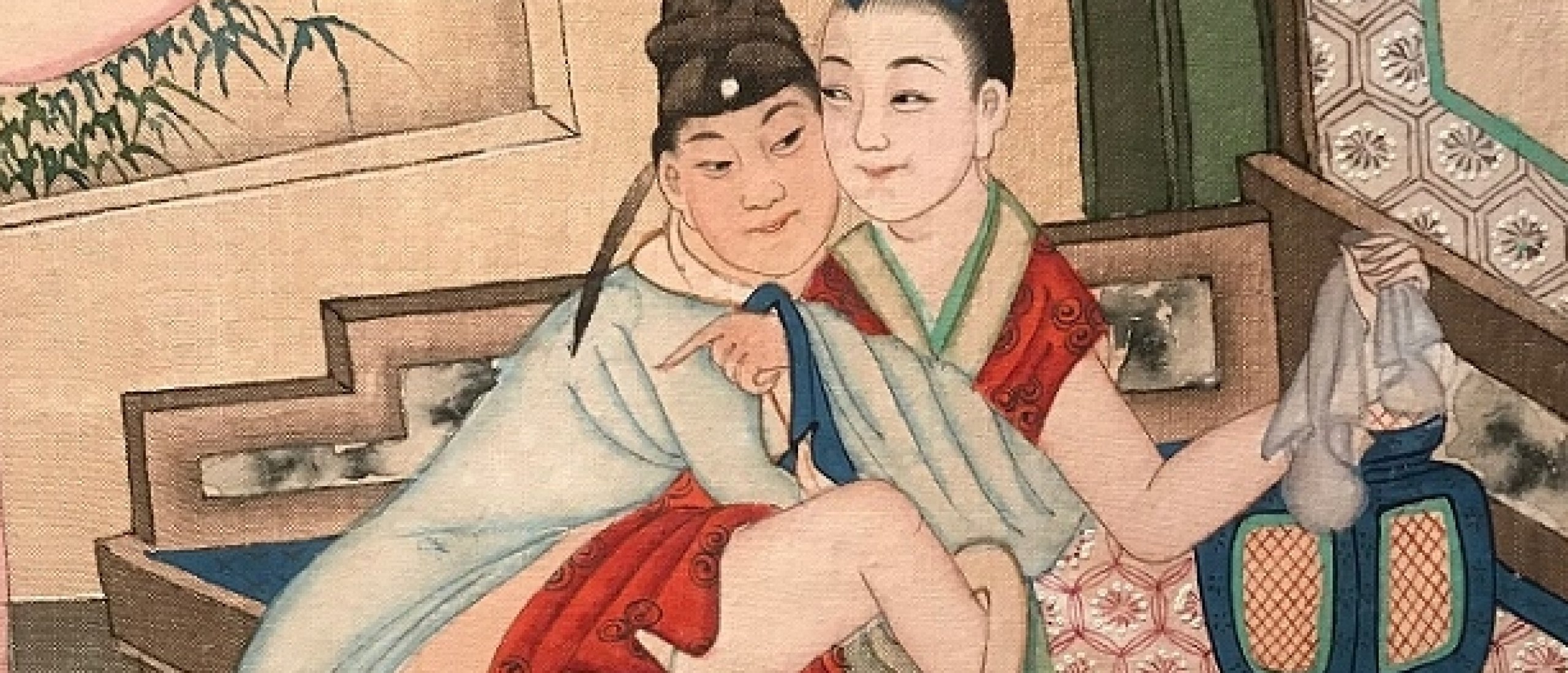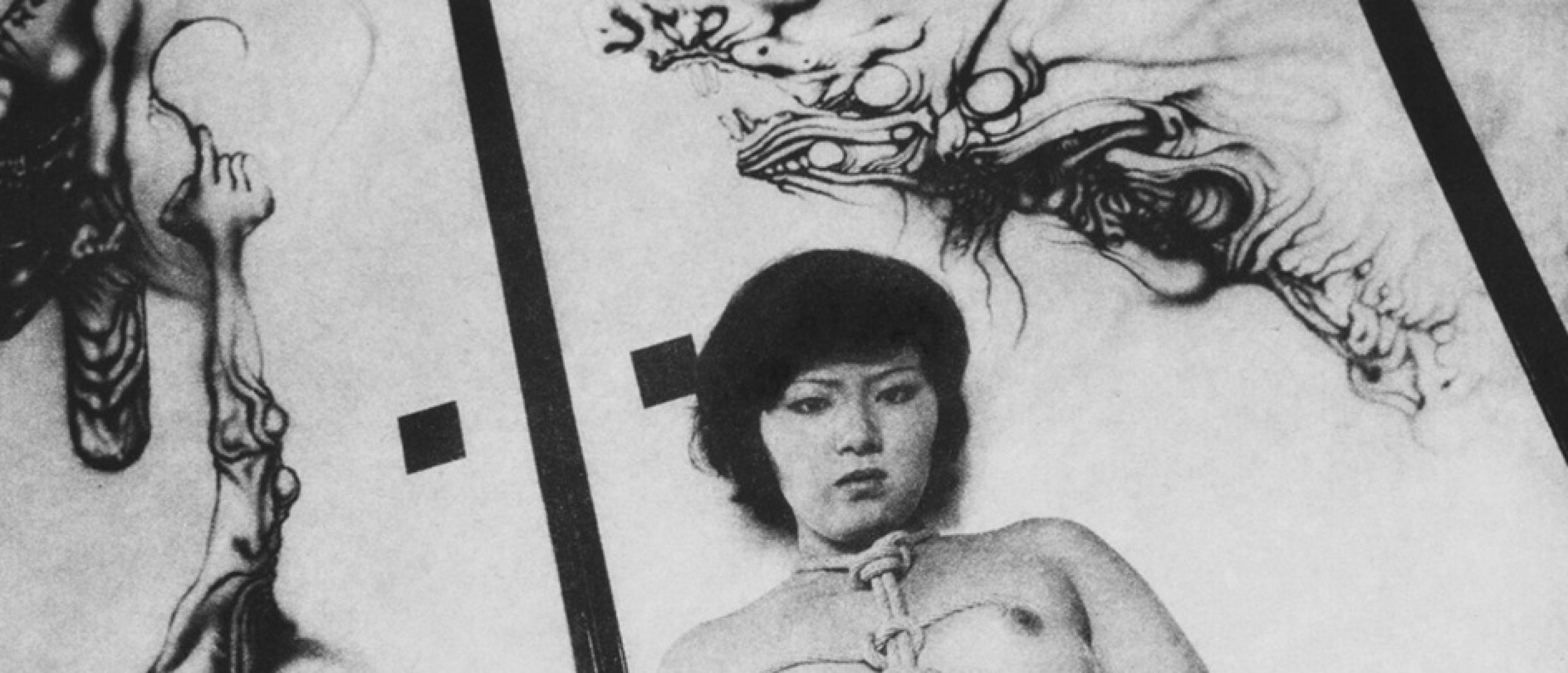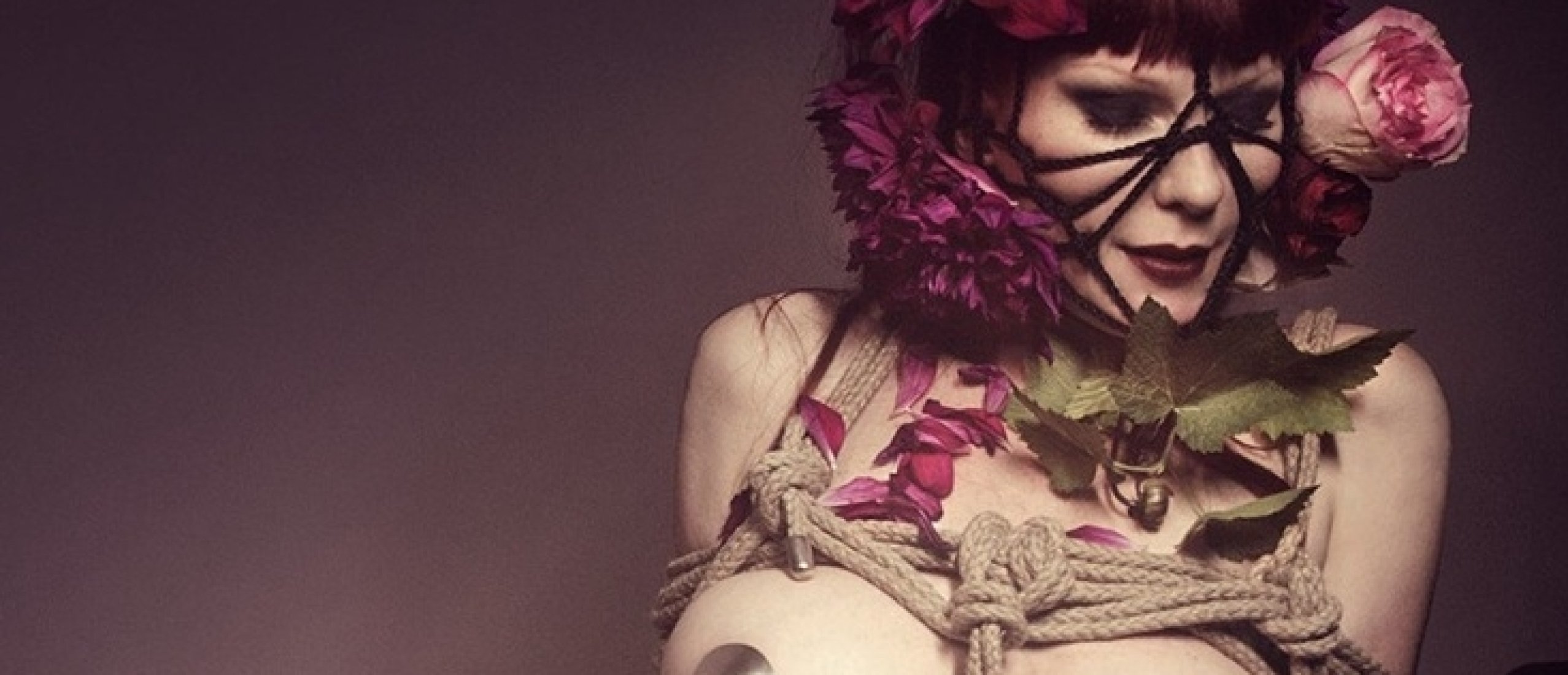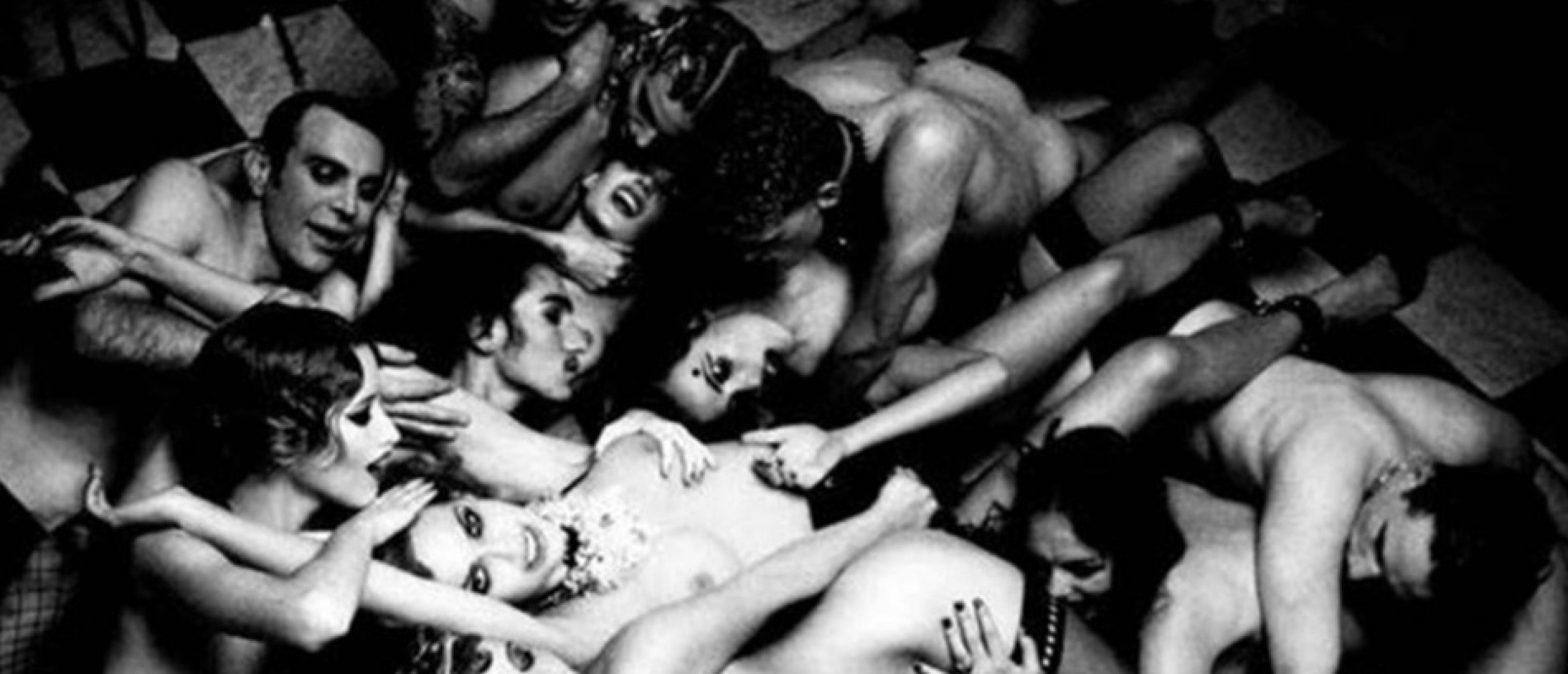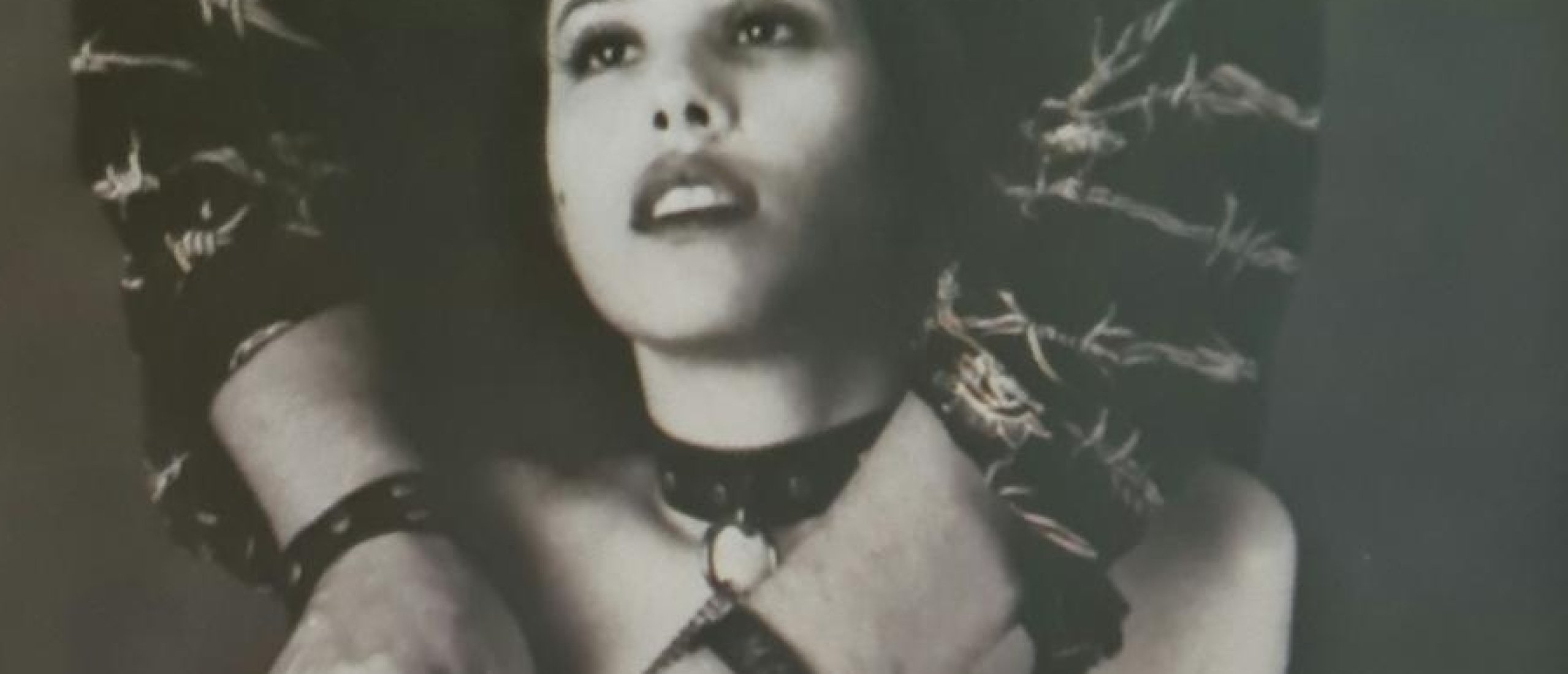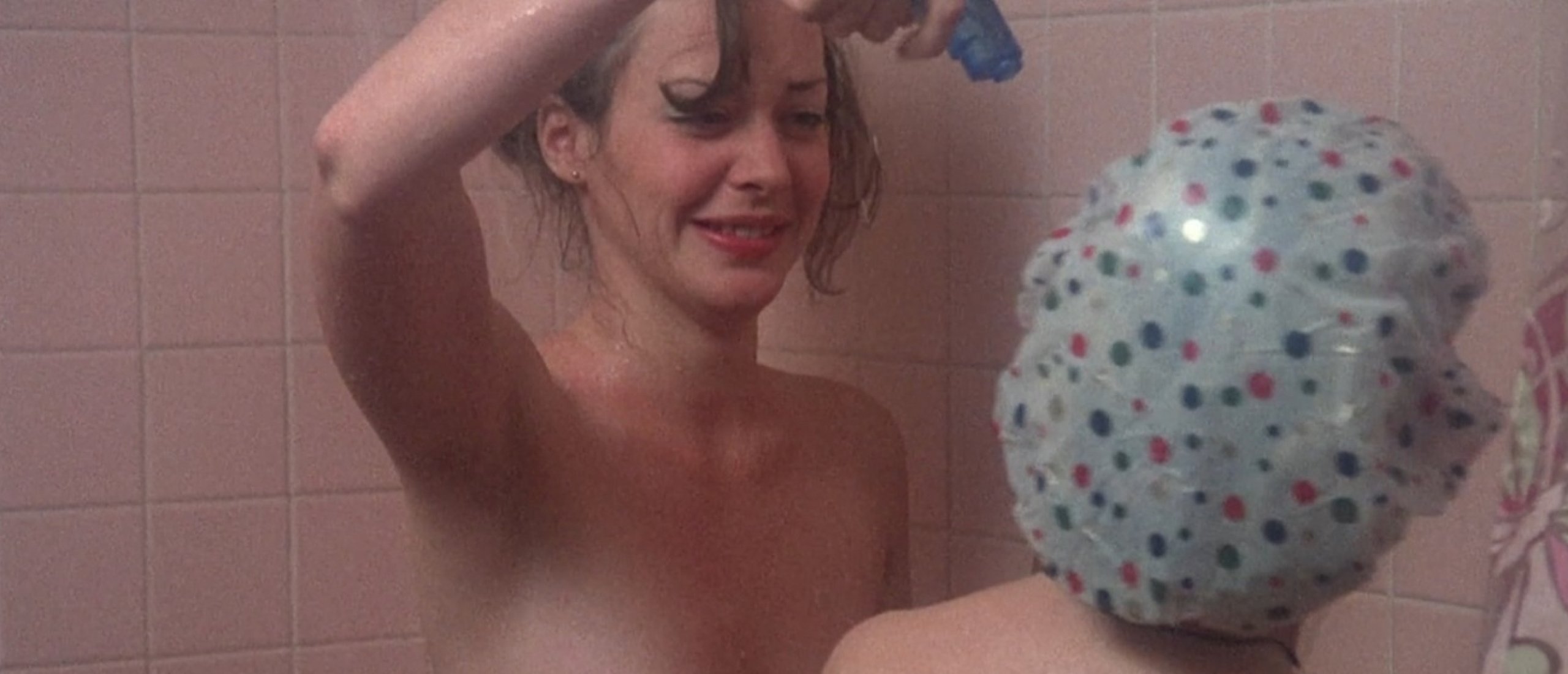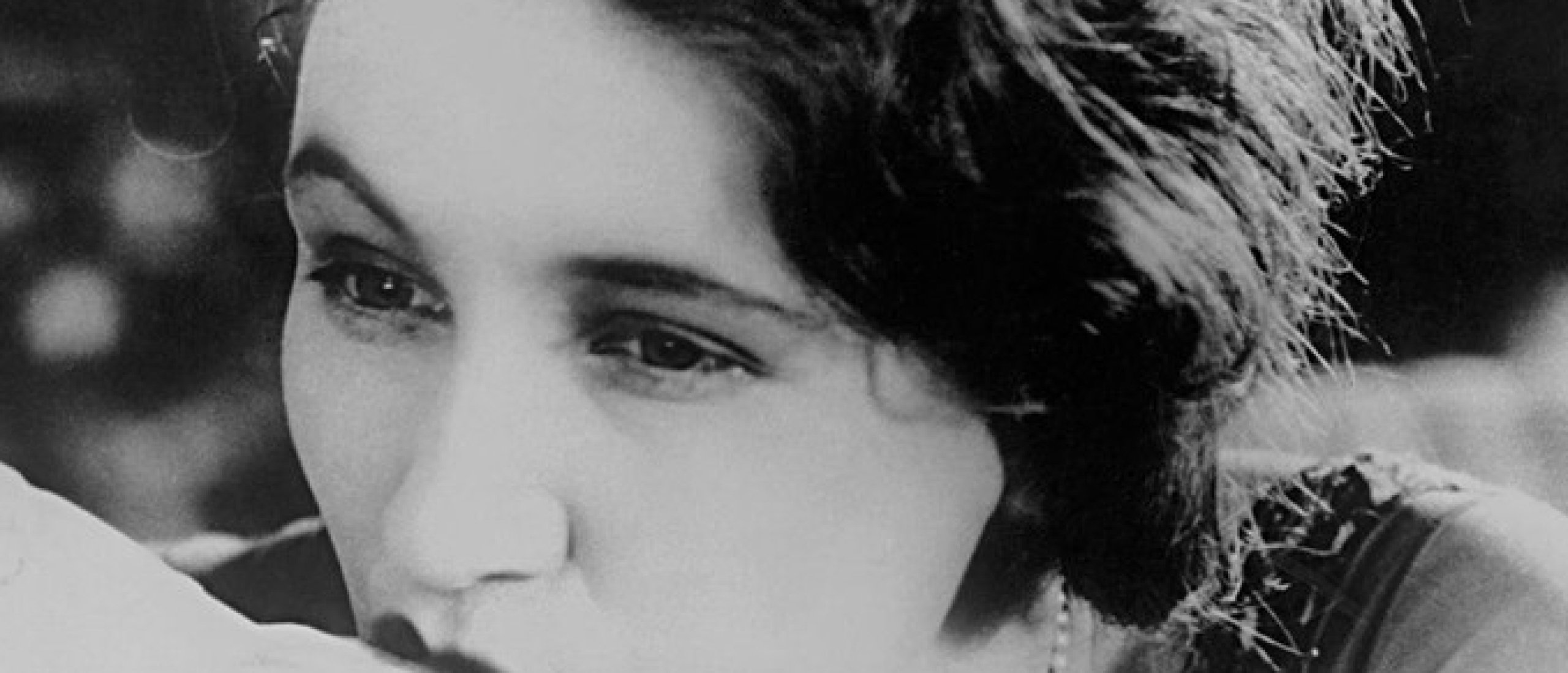
Epigraph:
“In art, immorality cannot exist. Art is always sacred ” - Auguste Rodin
Editor’s Note: Welcome to the boudoir of the human psyche — a chamber lined with velvet fantasies, fragrant taboos, and golden idols of shame and seduction. Ours is a culture in perpetual tango with repression and release, teetering between sacred ecstasy and societal scandal. We are, as the times reflect, indulgent, performative, hyper-sexual, and ever-curious.
In an era where self-expression often wears stilettos and latex, the conversation around erotic art finds itself both liberated and censored, cherished and condemned. And nowhere is this more vivid than in the secret corners of galleries, bedrooms, and minds.
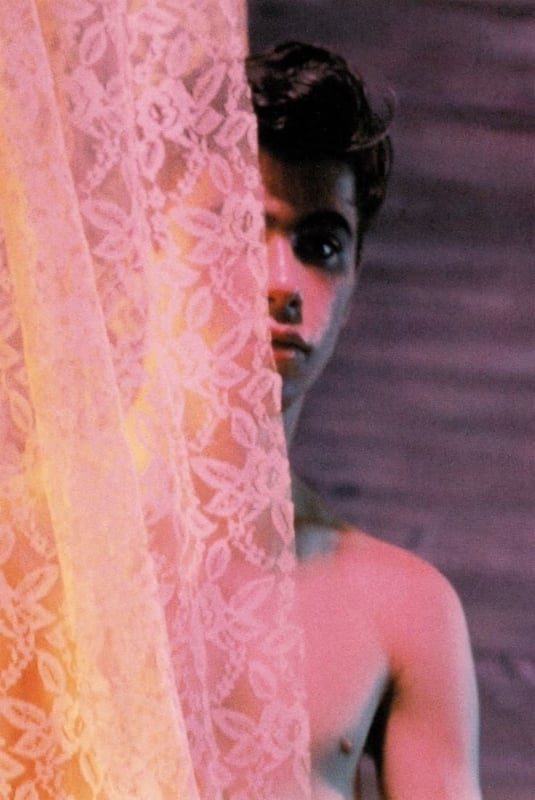
Fig.1 Bobby Kendall in Pink Narcissus (1971), postcard By James Bidgood from 1964 test shots
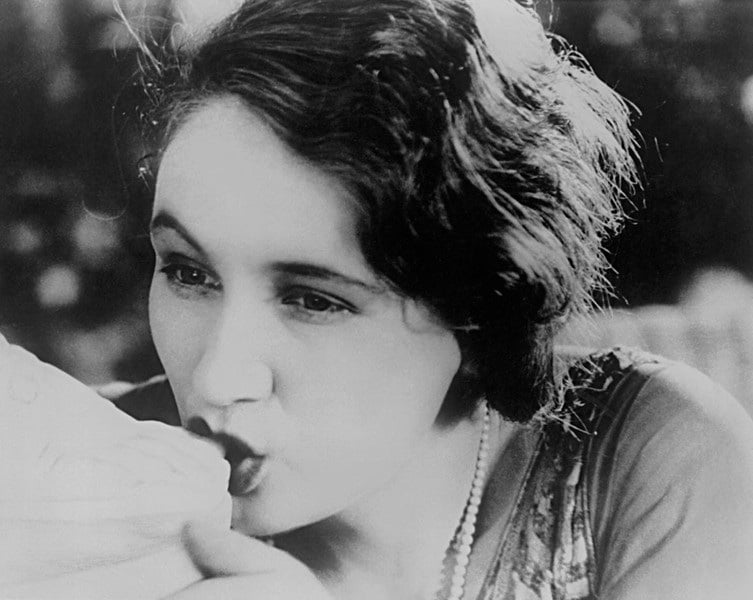
Fig.2 Cinema collab of Luis Buñuel and Salvador Dali, 1930s - An Instrument of Kink Surrealist Poetry
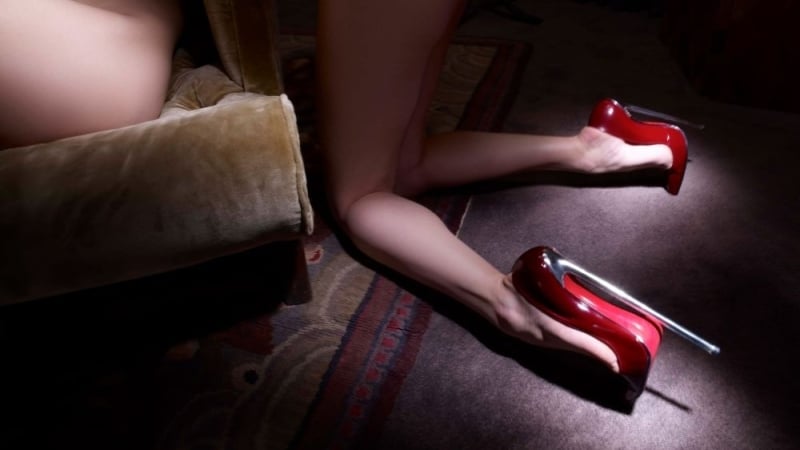
Fig.3 Christian Louboutin and David Lynch titillating collab, fetish shoes pictorial
THE EVER-SHIFTING LINE: PORN OR PARABLE?
Is it art, or is it pornography? That question has haunted curators and courts alike. In the 1970s, even the U.S. Supreme Court admitted it could not define obscenity—only recognize it. And so, desire remains policed not by clarity, but by culture.
Consider Naples’ Secret Museum or the British Museum’s “Secretum”: chambers of hidden relics—phallic lamps from Pompeii, Tibetan Tantric statues, silk-tied condoms. Curated shame. Institutional kink.
Since Antiquity, the arts have been represented by women—not just any women, but the Muses. Daughters of Zeus and Mnemosyne, these nine archetypes symbolize high forms of art, yet oddly exclude painting - and of course, cinema, often called the seventh art in France and Italy.
Cinema, by nature, is inherently fetishistic. In a world overflowing with objects of desire, nothing in perversion feels entirely new - except, perhaps, the reversal of roles: Is the girl-as-fetish becoming the fetishist herself?
Films like The Handmaiden (2016) and The Treacherous (2015) showcase how Sageuk historical drama, the Korean cinema with erotic undertones, merges aesthetics of submission, ritual, and rebellion - echoing Shunga erotica and bondage art in both image and intent.
Pop culture, too, had its early flirtations. British TV’s The Avengers wrapped its heroines in leather and latex - Honor Blackman, Diana Rigg, Tara King - unwittingly pioneering dominatrix couture long before it walked the runway.
In queer arts, Robert Mapplethorpe’s leather-clad lovers, their muscles taut, their gazes daring. Or Tom of Finland’s hyper-masculine fantasies: bikers, cops, and sailors, all so exaggerated they loop back around into parody. These are manifestos. And they taught generations of queer men that desire isn’t soft—it’s steel-toed, moustached, and unapologetically erect.
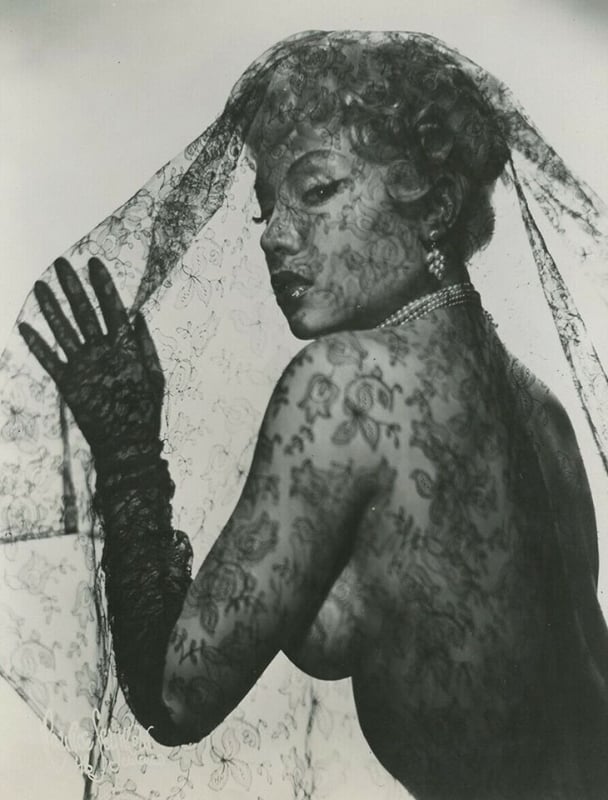
Fig.4 Burlesque Dancer Lilly Christine, 1950s

Fig.5 Christian Louboutin and David Lynch collab, Shoes fetish pictorial. (Image courtesy of Christian Louboutin)
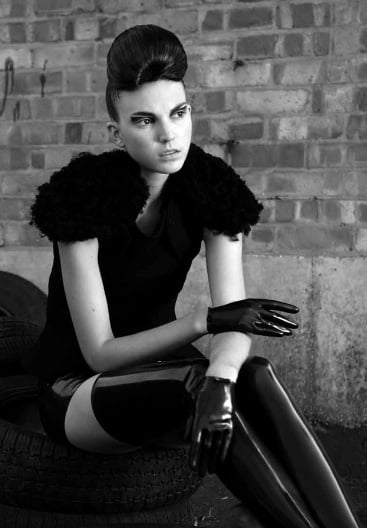
Fig.6 Couture Latex and Rubber Fetish Collection by Atsuko Kudo
FETISH NATION
Fetishism, clinically introduced by Alfred Binet in 1887, is not just about sexual fixation—it's about power. Today, fetish imagery reigns in both underground and mainstream spheres: Buñuel and Tarantino’s foot shots, Lynch’s fetish actresses, Pierre et Gilles' genderfluid icons.
One of its more provocative expressions is pregnancy fetishism. Here, the visibly pregnant body—symbol of fertility and transformation—becomes erotically exalted. It plays with creation, dominance, and performative biology.
This kink blurs binaries: vulnerability/power, fantasy/reality, queer/mainstream. It proves that desire often dwells where we least expect it.
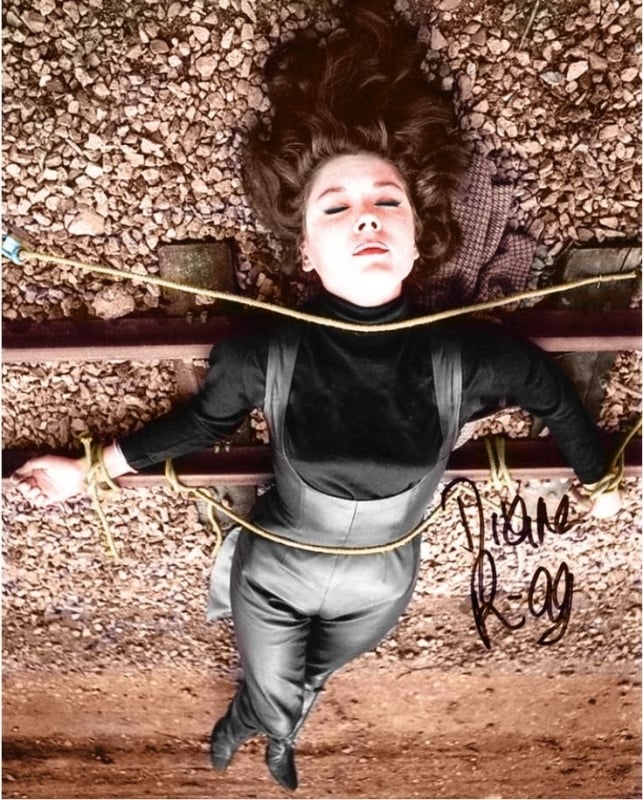
Fig.7 Diana Rigg in 'The Gravediggers' (1965) - British TV’s The Avengers wrapped its heroines in leather and latex
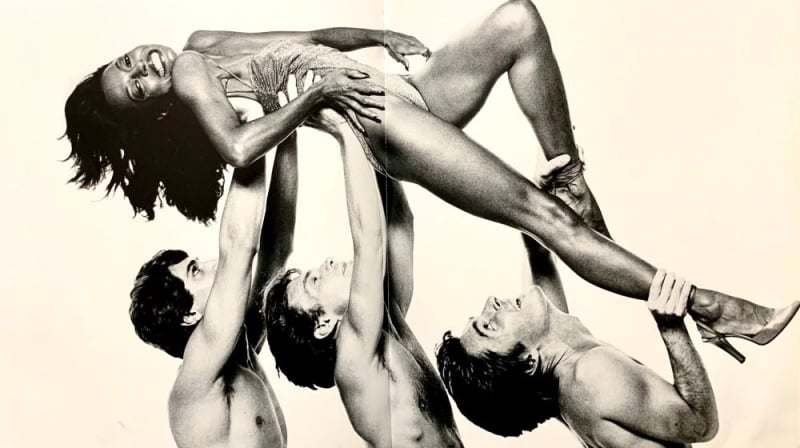
Fig.8 Diana Ross for Interview magazine. Photographed by Chris von Wangenheim (1978)
Become a Premium member and check out the exclusive version of the article in which we continue our journey of mesmerizing fetish art including an eclectic mix of 70 fetish-related artworks
Click HERE for the eccentric fantasies of the fetish photographer Eric Kroll
Let us know your thoughts about this article on fetish art in the comment box below....!!

